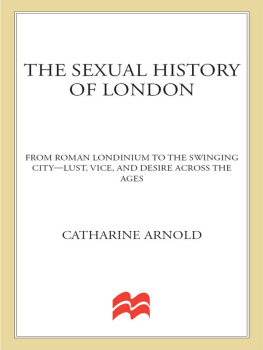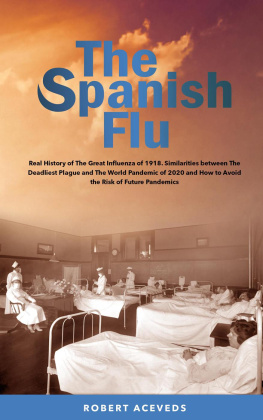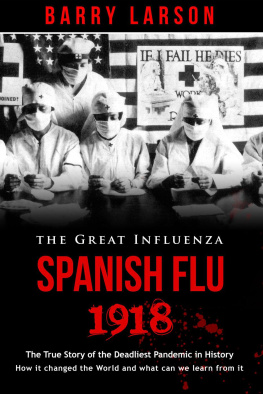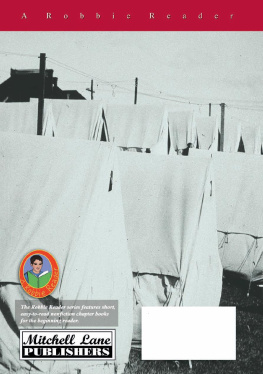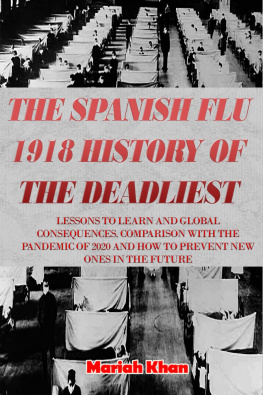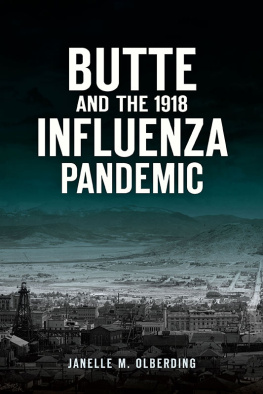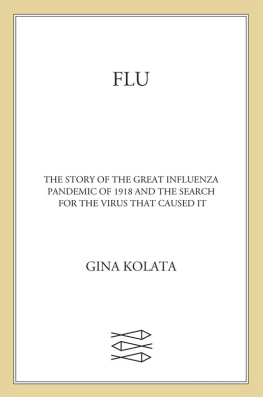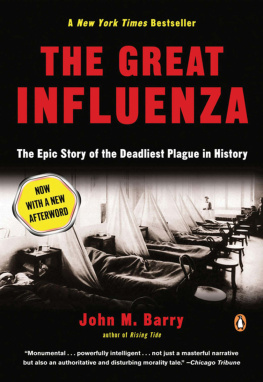Praise for Catharine Arnold
NECROPOLIS
Deeply pleasing Entertainment of the most garish and exquisite kind A Baedeker of the dead.
Peter Ackroyd, The Times
Luminous and often touching Well-researched and elegantly written.
Sunday Telegraph
Poignant or dramatic figures crowd these pages. Arnolds book abounds in deliciously uncanny detail.
Suzi Feay, Independent on Sunday
An elegant saunter through the land of the dead.
Jad Adams, Guardian
Arnolds account of death in London is by turns fascinating, stomach-churning and poignant.
Independent
Where Arnolds account really beguiles is in its eccentric social detail Enthusiastic, good-humoured and constantly engaging.
Sinclair McKay, Daily Telegraph
BEDLAM
Elegantly written and richly anecdotal.
Daily Mail
When you close this rewarding, informative and tastefully conceived book, you will be the richer for it.
Sunday Express
A finely written, thoroughly researched and humane book, packed with moving stories.
Independent
A brilliant new history of the capitals treatment of its insane.
Time Out
CITY OF SIN
Hugely entertaining Arnold is a delightful travelling companion through the centuries.
Jeanette Winterson, The Times
Arnold arranges her formidable research lucidly.
Evening Standard
Often titillating, sometimes shocking, frequently entertaining The book is a lively affirmation of sexual desire in all its varieties.
Observer
UNDERWORLD LONDON
[Catharine Arnold] maintains her usual high standard never flinching from grisly facts.
Press Association
Catharine Arnold has assembled a history of British crimes to chill the blood but also titillate the reader.
Mail on Sunday
Arnold has a light touch when dealing with dark topics.
Sunday Telegraph
About the Author
Catharine Arnold is the author of a number of much-acclaimed histories, including Necropolis: London and its Dead, Bedlam: London and its Mad, City of Sin: London and its Vices and Globe: Life in Shakespeares London. Her first novel, Lost Time, won a Betty Trask Award. Catharine read English at the University of Cambridge and holds a further degree in psychology.
First published in Great Britain in 2018 by
Michael OMara Books Limited
9 Lion Yard
Tremadoc Road
London SW4 7NQ
Copyright Catharine Arnold 2018
All rights reserved. You may not copy, store, distribute, transmit, reproduce or otherwise make available this publication (or any part of it) in any form, or by any means (electronic, digital, optical, mechanical, photocopying, recording or otherwise), without prior written permission of the publisher. Any person who does any unauthorized act in relation to this publication may be liable to criminal prosecution and civil claims for damages.
A CIP catalogue record for this book is available from the British Library.
ISBN: 978-1-78243-808-3 in hardback print format
ISBN: 978-1-78243-809-0 in paperback print format
ISBN: 978-1-78243-810-6 in ebook format
www.mombooks.com
Cover illustrations by Mick Wiggins
Cover design by Claire Cater
Every reasonable effort has been made to acknowledge all copyright holders. Any errors or omissions that may have occurred are inadvertent, and anyone with any copyright queries is invited to write to the publisher, so that full acknowledgement may be included in subsequent editions of the work.
C ONTENTS
It was the beginning of the rout of civilisation, of the massacre of mankind.
H. G. Wells, War of the Worlds
The Captain looked suddenly tired. Sometimes I think, Mr. Benson, that the very air is poisoned with the damned influenza. For four years now millions of rotting corpses have covered a good part of Europe from the Channel to Arabia. We cant escape it even when were 2,000 miles out to sea. It seems to come as it did on our last trip, like a dark and invisible fog.
Herbert Faulkner West, HMS Cephalonia: A Story of the North Atlantic in 1918
Fly this plague-stricken spot! The hot, foul air
Is rank with pestilence the crowded marts
And public ways, once populous with life,
Are still and noisome as a churchyard vault;
Aghast and shuddering, Nature holds her breath
In abject fear, and feels at her strong heart
The deadly fangs of death.
Susanna Moodie, Our Journey up the Country
Dedicated to the memory of my grandparents Aubrey Gladwin and Lalage Bagley Gladwin, and the millions like them who perished in the Spanish flu pandemic of 191819.

A S THE SUN sank over a windswept Yorkshire churchyard in September 2008, a battered lead-lined coffin was reburied hours after being opened for the first time in eighty-nine years. The familiar words of the burial service resounded through the twilight as samples of human remains were frozen in liquid nitrogen and transported to a laboratory with the Medical researchers had exhumed the body of Sir Mark Sykes (18791919) in order to identify the devastating Spanish flu virus which killed 100 million people in the last year of the First World War. Sir Mark, a British diplomat, had succumbed to Spanish flu during the Paris Peace Conference of 1919, dying in his hotel near the Tuileries Gardens. Like many victims of Spanish flu, Sir Mark had been fit and healthy, a man in his prime at just thirty-nine years old.
Sir Marks remains had been sealed in a lead-lined coffin, befitting his status as a member of the nobility, and transported to Sledmere House, the Sykes family seat in East Yorkshire. Sir Mark was buried in the graveyard of St Marys church, which adjoined the house. If his body had not been hermetically sealed by a thick layer of lead, his life might have passed quietly into history. But an accident of chemistry meant that the lead dramatically slowed the decay of Sir Marks soft tissue, giving
In 2011, there were only five useful samples of the H1N1 virus around the world and none from a well-preserved body in a lead-lined coffin. H1N1 had already been sequenced by scientists using frozen remains found in Alaska, but many questions remained about just how the virus killed its victims and the way it had mutated by 1919,
Professor John Oxford, the eminent virologist who led the team investigating Sir Marks remains, told reporters that the baronet died very late in the epidemic, when the virus had almost burnt itself out. We want to get a grip on how the virus worked both when it was at its most virulent and when it was coming to the end of its life. The samples we have taken from Sir Mark have the potential to help us
After a two-year process of gaining permission from the Diocese of York to carry out the exhumation, involving a special hearing presided over by a High Court judge, Professor Oxfords team, wearing full bio-hazard kit and accompanied by medical experts, clergy, environmental health officers and Sir Mark Sykes descendants, finally exhumed his grave. After a short prayer, the gravestone was removed and the coffin uncovered inside a sealed tent before researchers wearing protective suits and breathing apparatus opened the casket. After so many months of preparation, it was a tense and exciting moment. But the investigation seemed
Next page

